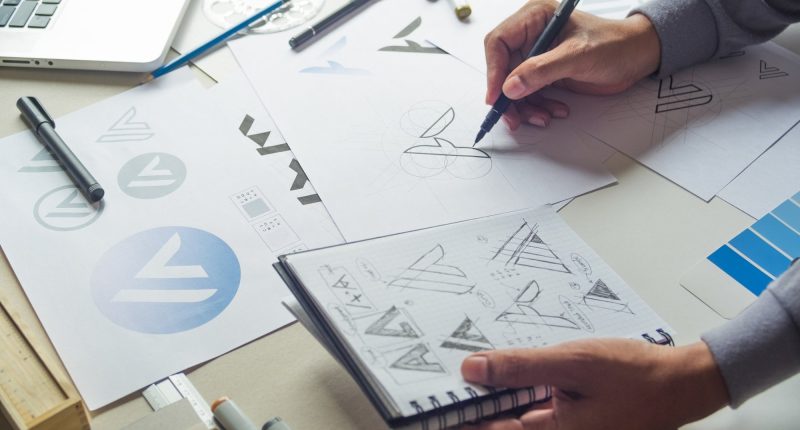
Formatting your plan is easy in Microsoft Office or other business software. The key is that everything has its own section, is easy to read, and does not look cluttered. You also want to check that you can read the plan on various mobile devices, so test it by checking it out on your iPhone or any other device available.
Here’s a checklist of layout do’s and don’ts
- Keep colors to a minimum and look at photos to see how they appear on other devices and operating systems. Remember: white space on a page is not your enemy.
- Use 1.5 or double spacing.
- Keep the background white and use black type.
- Convert the document into a PDF file, with Adobe Acrobat, and keep the file in one document.
- Include a table of contents, and make sure to check that what you have in there shows up on the specified pages.
- Try to align headings so they do not start at the bottom of a page. You can use tabs for addendums or a separate document for the additional materials, such as an appendix.
- Make sure any graphics are clear and do not take too long to load.
Include hard copies
Even in the digital age, you may still be asked for a hard copy, so be ready to send one. Use good-quality white paper, then bind pages together permanently into a booklet. Any copy shop or printer can do such a binding for you, or you may purchase a do-it-yourself binding kit at an office supply store. Cover your plan with a clear plastic binder so that the cover page shows, or print your cover page information on a heavy piece of paper to serve as a cover for the binder.
Permanent binding helps plan readers keep all your plan pages together and makes it easier to read. It’s important to keep these reasons for permanent binding in mind—it’s a decision that improves the functionality of the plan, not its looks. Spending a lot of money creating a beautiful, perfectly bound plan is not a wise investment. Plan readers are interested in information, not entertainment.
The same goes for choosing the paper and typeface you’ll use in your plan. Pick a white paper, or at most perhaps gray, cream, or some shade of off-white, but leave the colored paper to flyers from the pizza place down the street. To make a businesslike impression, use businesslike stationery.








